Plant Ecology
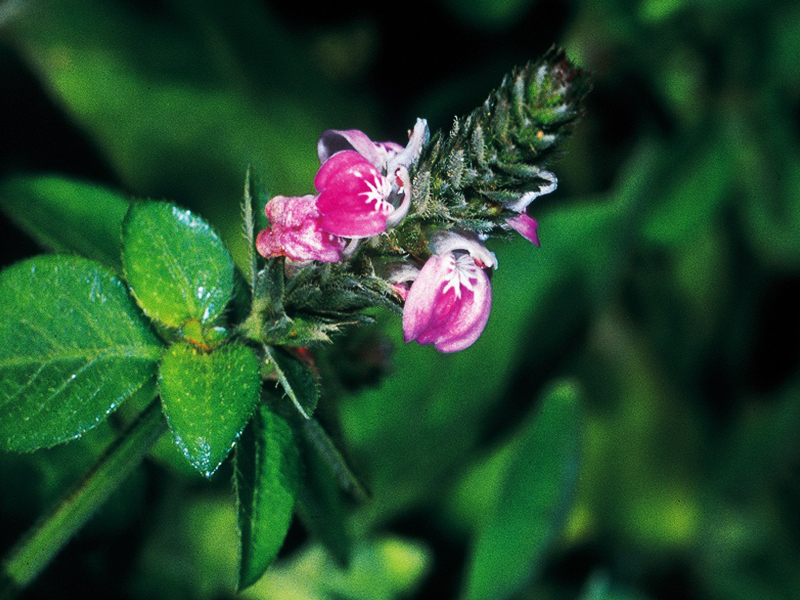
Although an average of about 1,000 millimeters of rain falls on Penghu every year, the thin layer of topsoil cannot store much water. The northeasterly monsoons of winter bring strong winds laden with salt. Despite these unfavorable conditions, the islands have a large diversity of plant life; according to preliminary statistics, in fact, there are at least 400 species of plants on the islands.
Most of the plant species on the islands are exogenous. It is not easy to identify new species, but among the representative locally designated species are the Penghu sickle pod, Justicia procumbens, Penghu soybean, and Penghu Sida veronicifolia.
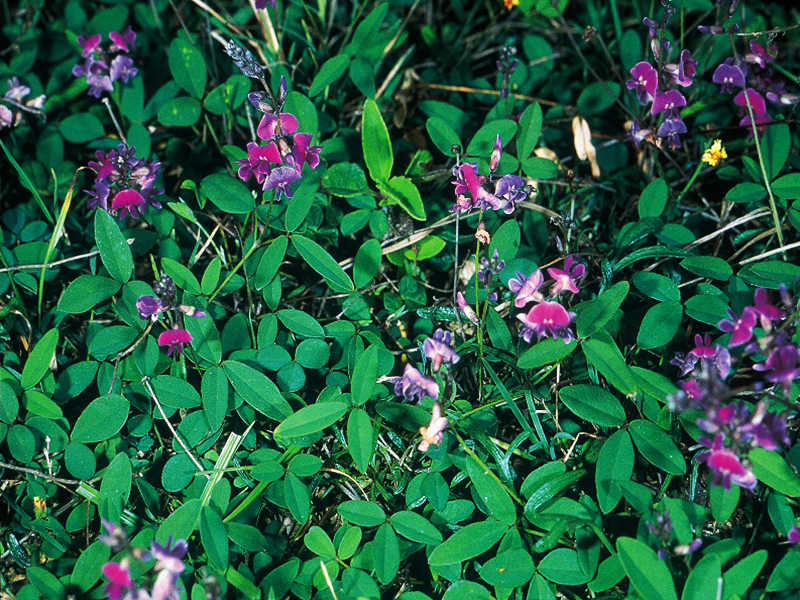
Penghu soybean
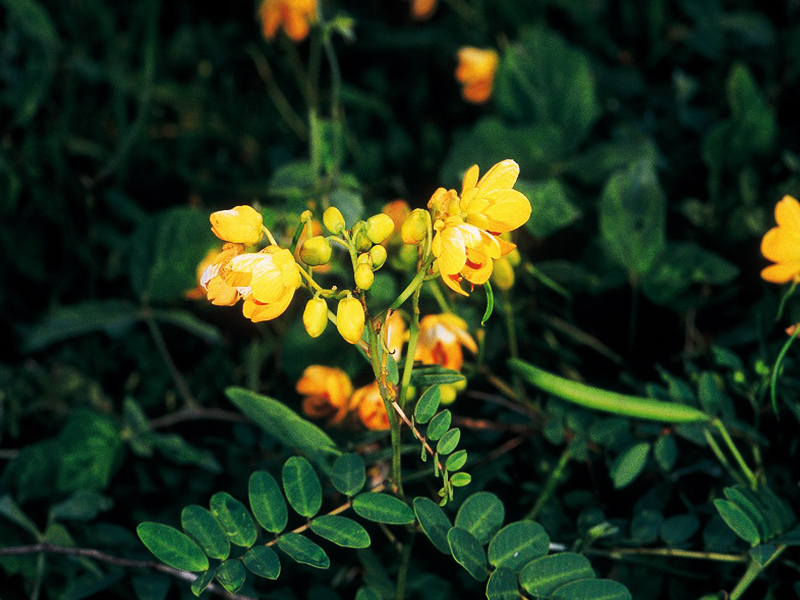
Penghu Sickle Pod
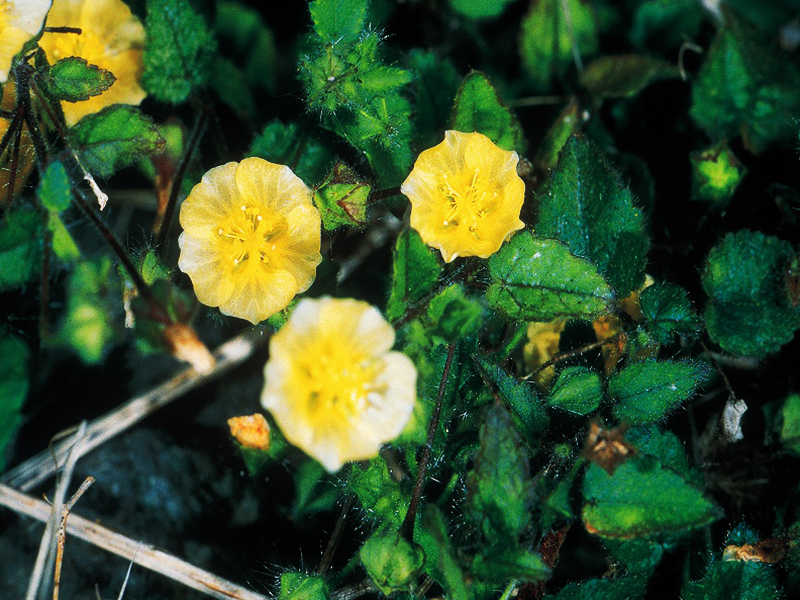
Penghu Sida Veronicifolia
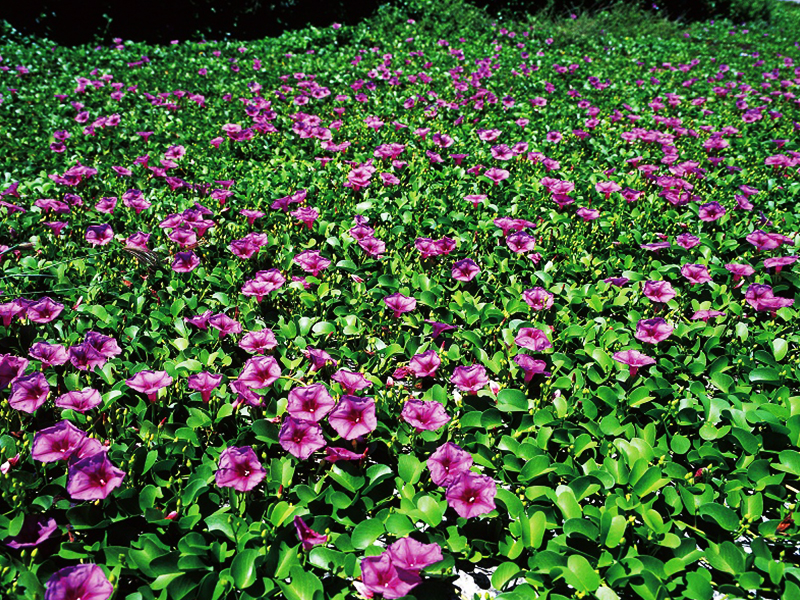
Because the Penghu Islands have a subtropical island climate with no mountains to block them, the strong salty winds create a highly saline environment that forces the leaves of plants to thicken or become leathery; some of them have developed a layer of hairy filaments that slow the evaporation of water and strengthen the drought- and salt-resistance mechanism. The plants of Penghu have adapted to their natural environment, most having thick leaves and well-developed root systems that serve to stabilize sandy soil.
The sandy shore areas of the islands have a hot, dry environment with sand that is easily shifted by the wind, covering plants or exposing their roots. These perennial plants have multiple roots to stabilize them and improve their ability to absorb water.
Common plants in the Penghu Islands include the cactus and American aloe which were brought in during the 16th century and the hedge acacia introduced during the period of Japanese occupation (1895-1945) and used for afforestation, as well as the county flower, the gaillardia. These plants have adapted to conditions in Penghu and have become acclimatized, and some, including the cactus and gaillardia, have become dominant species while others have remained relatively rare.
The banyan is the Penghu county tree and is frequently seen alongside the roads here. It is representative of the drought- and salt-resistant plants of the islands, and the most impressive banyan tree in the islands is the great banyan of Tongliang. Casuarina and other trees are commonly used for afforestation.
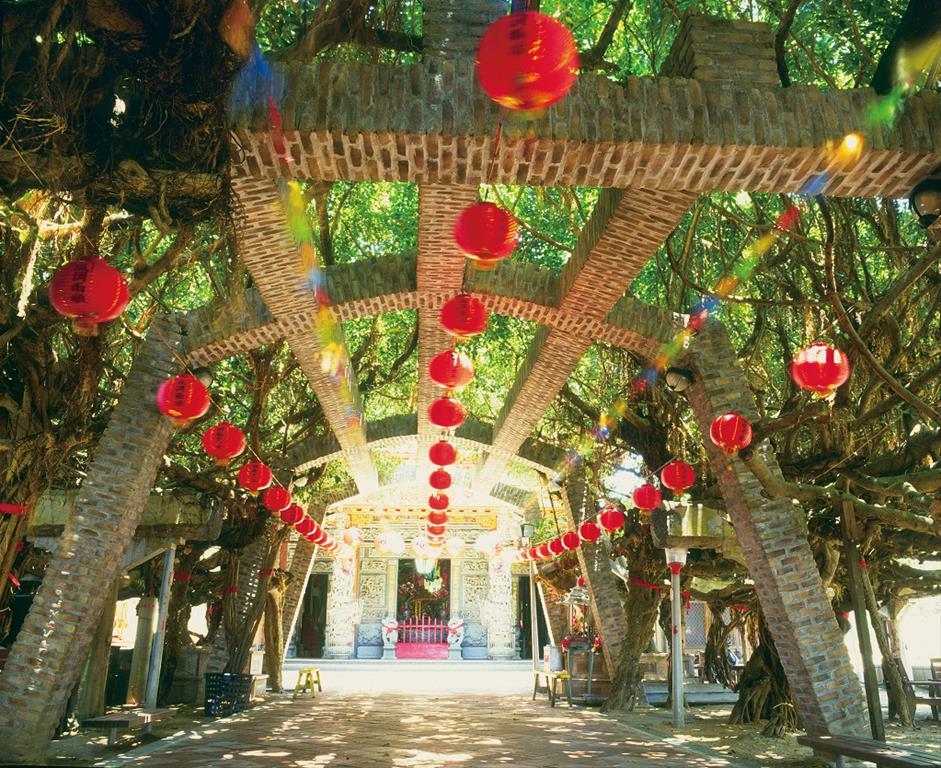
Common plants in the Penghu Islands include the cactus and American aloe which were brought in during the 16th century and the hedge acacia introduced during the period of Japanese occupation (1895-1945) and used for afforestation, as well as the county flower, the gaillardia. These plants have adapted to conditions in Penghu and have become acclimatized, and some, including the cactus and gaillardia, have become dominant species while others have remained relatively rare.
The banyan is the Penghu county tree and is frequently seen alongside the roads here. It is representative of the drought- and salt-resistant plants of the islands, and the most impressive banyan tree in the islands is the great banyan of Tongliang. Casuarina and other trees are commonly used for afforestation.
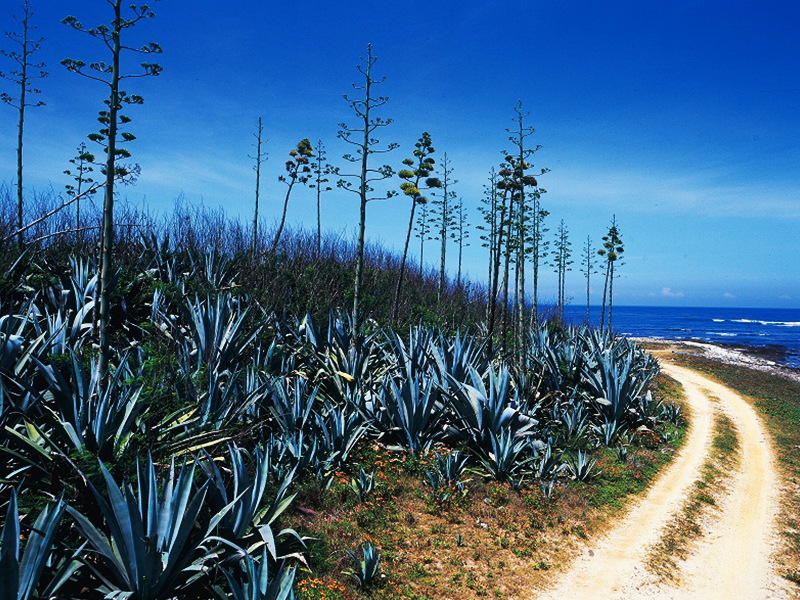
American Aloe
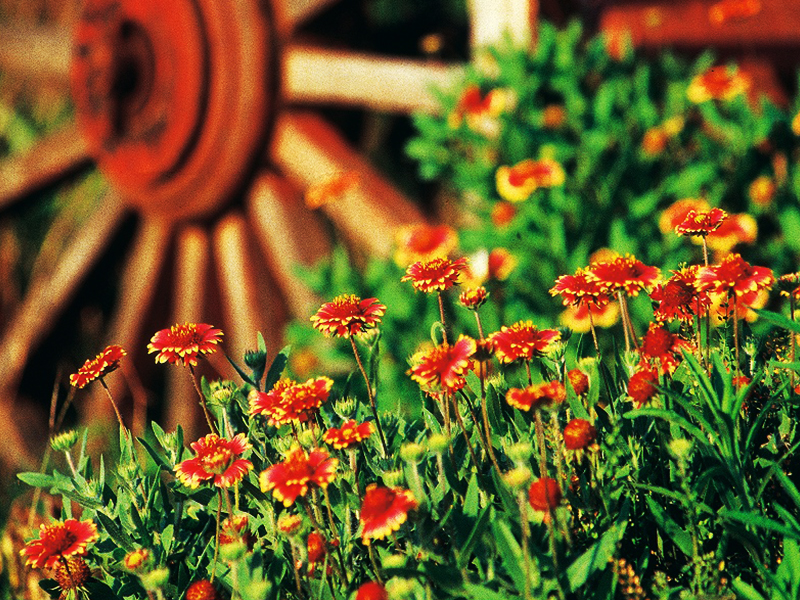
Gaillardia
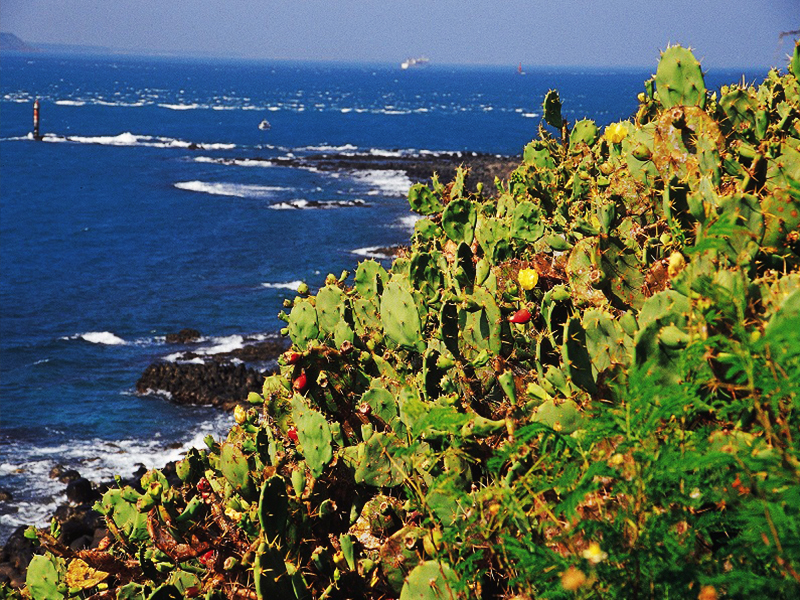
Cactus
Some of Penghu’s wild plants are not suitable for use, but many others are used for horticulture, decoration, everyday life, and even for eating. In earlier days, for example, the gaillardia was dried and used as a mosquito repellant, and the hedge acacia is used for afforestation and for firewood. Others are used for food and medicine. Economic crops include peanuts, sweet potatoes, kaoliang/sorghum, corn, and the loofah gourd, all used for eating. Other representative fruits of Penghu are the pepino melon, cantaloupe, and dragon fruit.
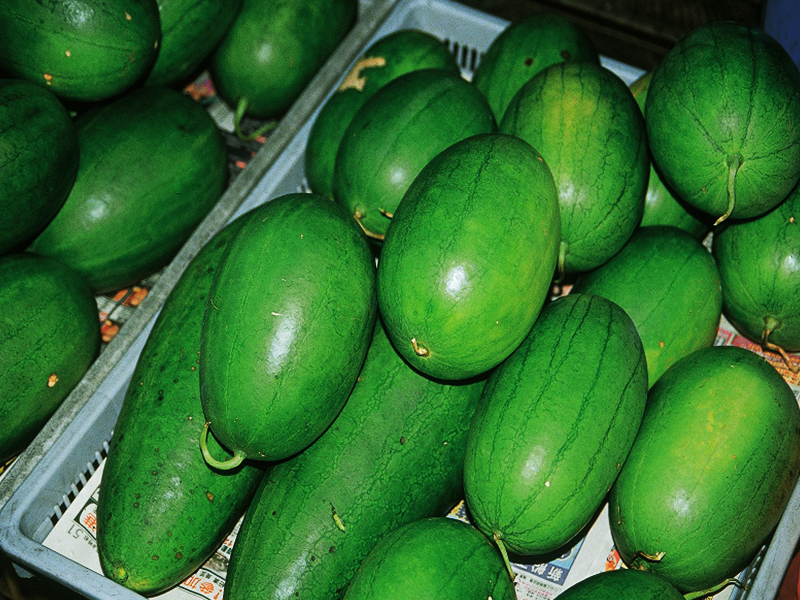
Chiapao Melon
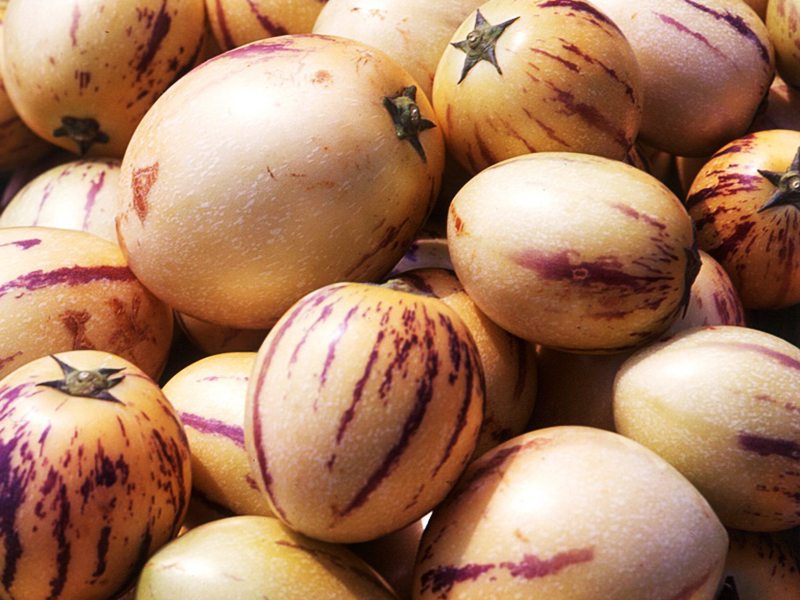
Pepino Melon
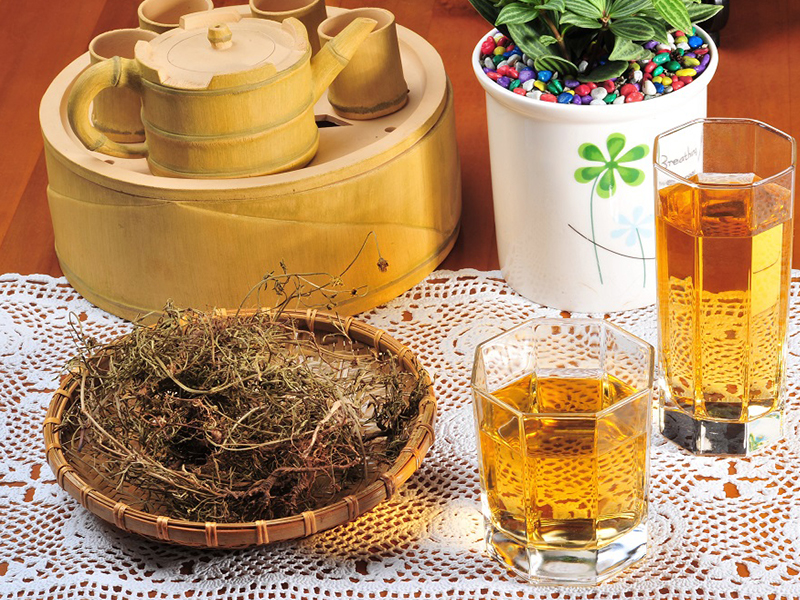
Glossogyne Tenuifolia
